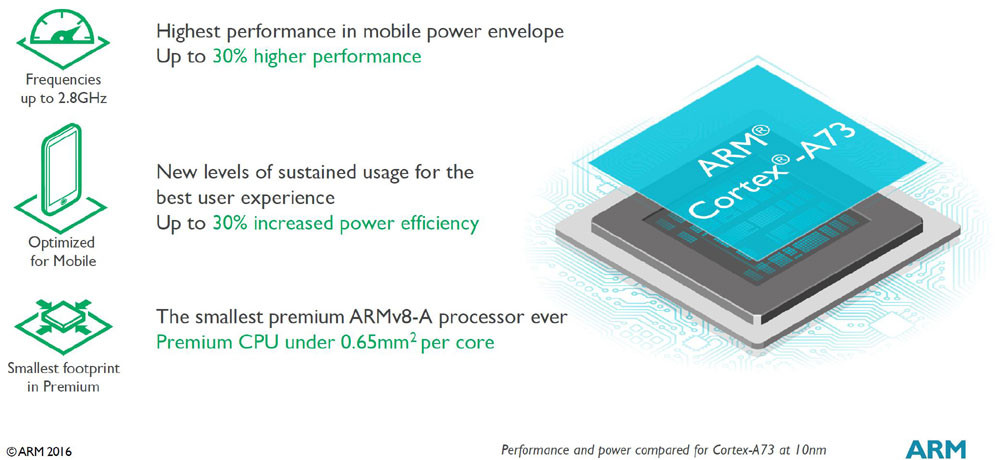Imagination is one of the leading GPU vendors in the mobile and tablet hardware market. Today, the company has unveiled two new series of GPUs under its PowerVR brand: Series 7XE and Series 7XT. While the former is meant for wearables, smart TVs and IoTs, the latter is meant for mid to high end devices and provides “ultimate performance efficiency.”
The 7XE Series consists of two GPUs: PowerVR GE7400 and PowerVR GE7800. The former comes with a 1/2 shading cluster and 16 ALU cores while the latter comes with 1 shading cluster and 32 ALU cores. More impressively, the GE7400 is the world’s smallest AEP (Android Experience Pack) compliant GPU.

It features support for many advanced graphic technologies including:
- Guaranteed fragment shader support for shader storage buffers, images, and atomics (fragment shader support is optional in OpenGL ES 3.1.)
- Tessellation (more about tessellation here) and geometry shaders
- ASTC LDR texture compression format (Series7 GPUs support both LDR and HDR formats)
- Per-sample interpolation and shading
- Different blend modes for each color attachment in a frame buffer
The GPUs also feature many compression technologies to reduce memory bandwidth usage and power consumption. They also support Virtualization that will greatly benefit enterprise users.
The PowerVR 7XT GPUs provide desktop-class performance and offer versatile scaling performance. It comes in five various configurations with 2, 4, 6 8, 16 shading clusters and up to 512 ALU cores. This allows developers to implement console-quality effects like HDR rendering, 4K texturing, and more. Other notable features of the GPUs include support for Virtualization, OpenGL 4.4, OpenGL ES 3.1 + AEP, Tessellation, optional FP64, DirectX 11, HPC support and more.
Imagination states that these GPUs should make its way to devices sometime in late 2015 or early 2016.
[Via Imagination]


















